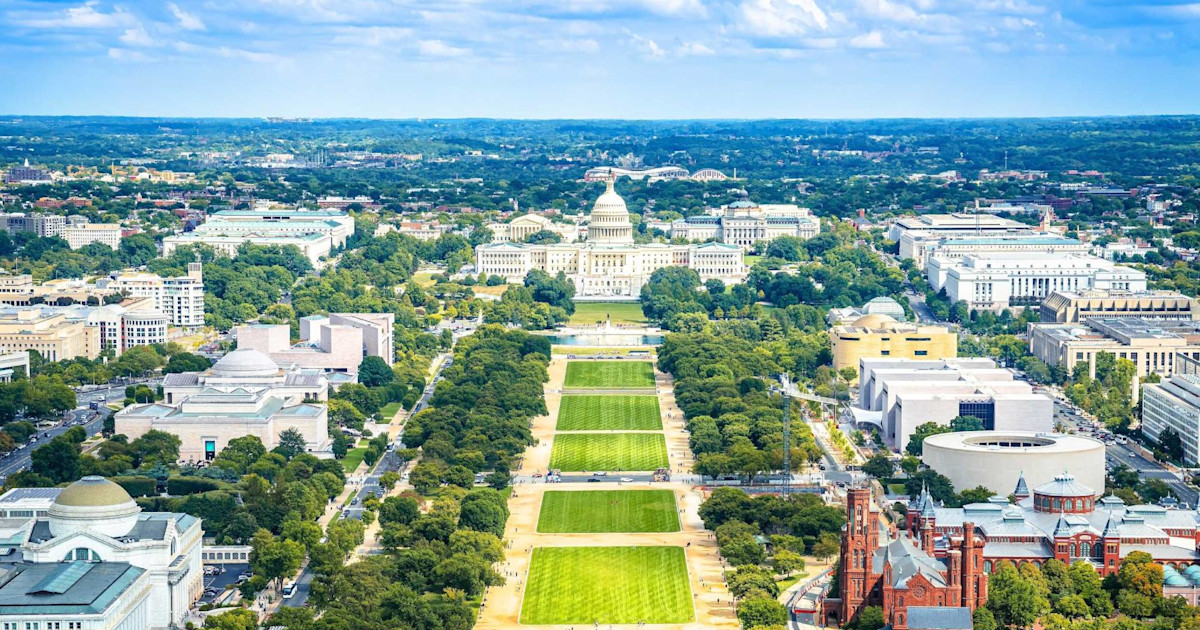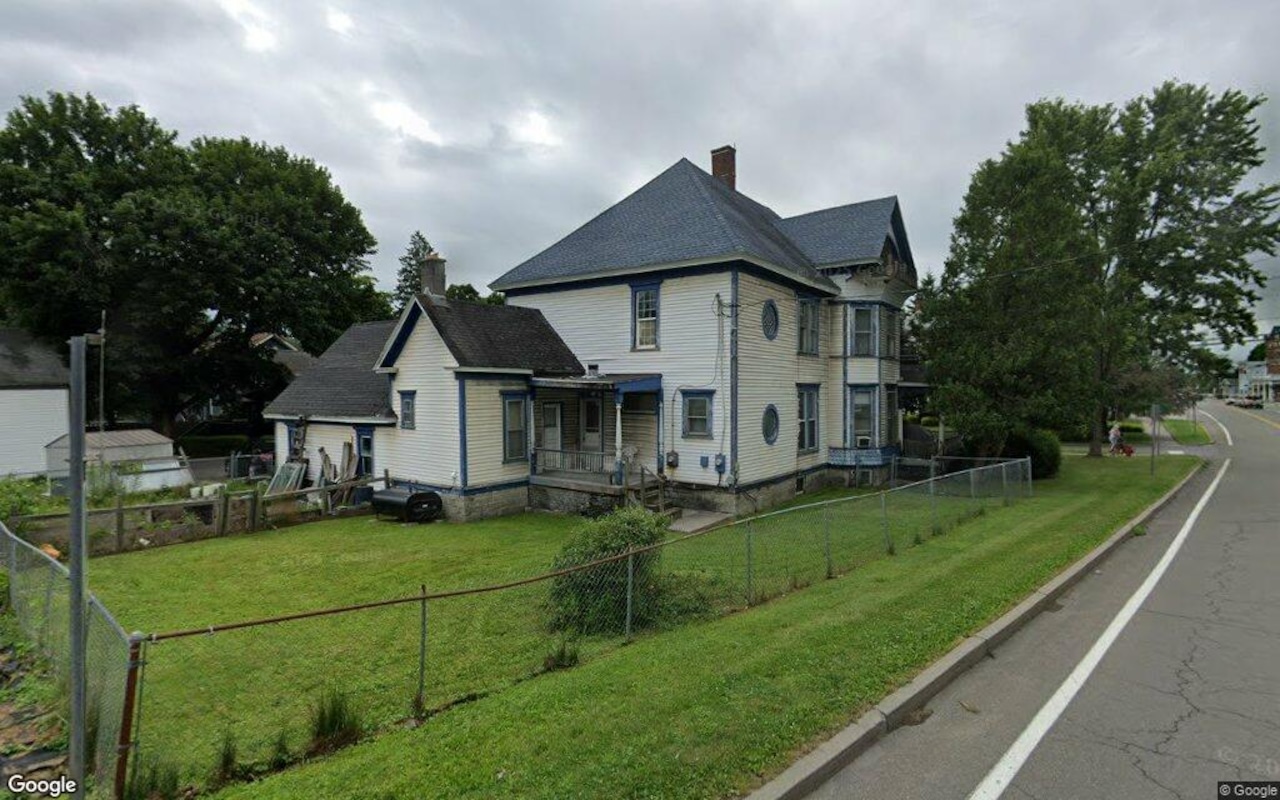M
ortgage rates have slipped to their lowest levels in a year, yet the number of pending home sales has also dipped, signaling buyer caution amid the ongoing federal shutdown. The primary driver appears to be economic uncertainty, with the fourth week of the impasse amplifying concerns that could ripple through real‑estate transactions as federal agencies remain closed or understaffed.
The shutdown’s duration is a key factor. As the government stays shut, the strain on the housing market is expected to grow, especially since many federal employees are either furloughed or working without pay. Although the impact is still emerging, the market is already showing a slowdown beyond what low mortgage rates alone would predict. Weekly pending‑sales data, highlighted by Dave Crosby of Compass, shows a decline compared to last year’s pace for the first time in months. Crosby cautions that this may be a temporary blip but recommends close monitoring.
Redfin’s Chen Zhao notes that the slowdown is not solely due to the shutdown. “People are already jittery about the economy, and that anxiety persists whether the government is open or not,” she told Real Estate News. Zhao is tracking how the lack of federal paychecks might eventually affect households’ ability to meet mortgage and rent obligations, though she expects such effects to materialize only after a prolonged period of unpaid wages.
A significant concern is the absence of fresh economic data. The Bureau of Labor Statistics will release only a single inflation report on Oct. 24 before the government reopens, and a key jobs report has already been omitted. Zhao believes the agency has not collected any October data, creating a void for policymakers and the Federal Reserve, which will convene next week. “The housing market hinges on Fed policy, which in turn depends on reliable data,” she said, noting uncertainty about what information the Fed will rely on for its December 2025 meeting.
The National Association of Realtors (NAR) has observed growing ripple effects across the sector. In a recent magazine update, NAR’s EVP and Chief Advocacy Officer Shannon McGahn warned that the longer the shutdown persists, the greater the negative impact on the real‑estate economy and taxpayers. The Mortgage Bankers Association has also cautioned that federal agency delays could push loan originations back by 2,500 or more per working day, disproportionately affecting borrowers already facing barriers to homeownership, as Zillow’s senior economist Orphe Divounguy pointed out.
On the financing side, Zhao reports that lenders are still managing to close deals, suggesting that the primary driver of the market slowdown remains broader economic fears rather than a direct financial bottleneck.
Regional variations are evident. A WalletHub study ranked Florida, Delaware, and Arizona as having the highest real‑estate activity relative to gross state product, while Washington, D.C., Nebraska, and Iowa lagged. Economists are paying particular attention to the D.C. market, home to thousands of furloughed workers. Bright MLS data shows new listings up 8.6% year‑over‑year as of Oct. 19, with a median list price of $575,000—virtually unchanged from last year. However, Lisa Sturtevant, Bright MLS’s chief economist, warns that as more D.C. employees miss paychecks, the market could see a surge in listings, fewer buyers, and softer price growth or even declines. For buyers unaffected by the shutdown, the market may offer more inventory and greater negotiating leverage.
In sum, mortgage rates are at a 12‑month low, but pending sales are falling as the federal shutdown deepens economic uncertainty. The lack of new data and potential delays in federal agency operations are adding layers of risk to the housing market. While lenders are adapting, the broader economic climate—shaped by the shutdown’s duration and the Fed’s policy decisions—will ultimately dictate the trajectory of real‑estate activity across the country.













